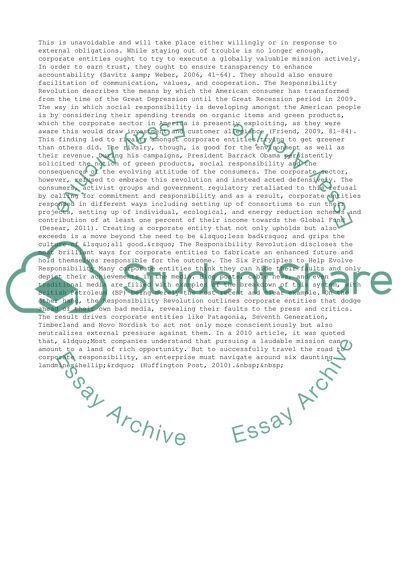Cite this document
(“Business Law and Social Responsibility Research Paper”, n.d.)
Business Law and Social Responsibility Research Paper. Retrieved from https://studentshare.org/business/1436269-business-law-and-social-responsibility
Business Law and Social Responsibility Research Paper. Retrieved from https://studentshare.org/business/1436269-business-law-and-social-responsibility
(Business Law and Social Responsibility Research Paper)
Business Law and Social Responsibility Research Paper. https://studentshare.org/business/1436269-business-law-and-social-responsibility.
Business Law and Social Responsibility Research Paper. https://studentshare.org/business/1436269-business-law-and-social-responsibility.
“Business Law and Social Responsibility Research Paper”, n.d. https://studentshare.org/business/1436269-business-law-and-social-responsibility.


